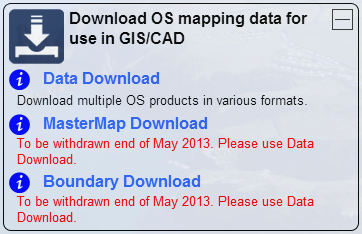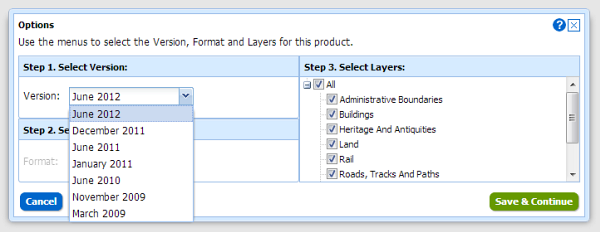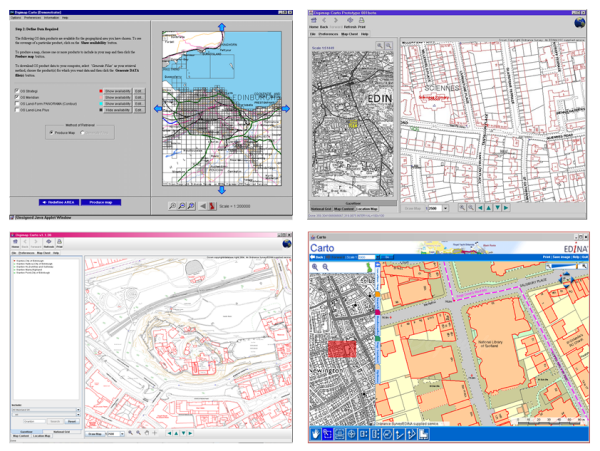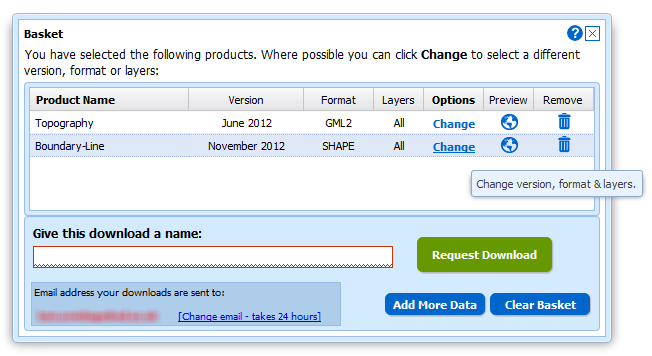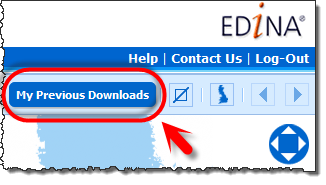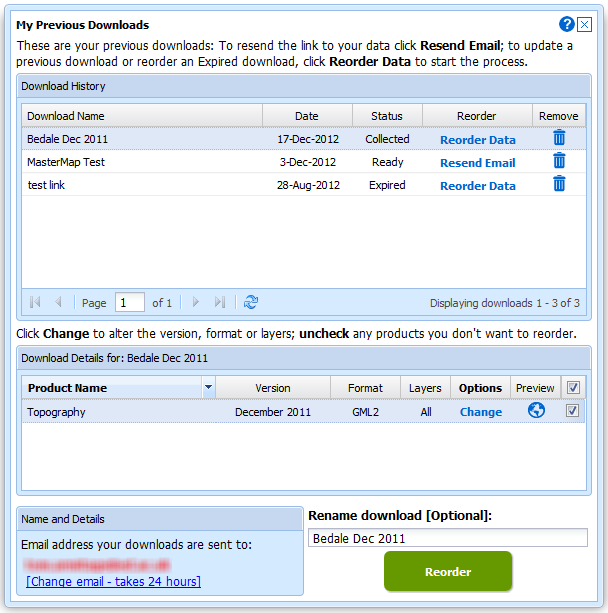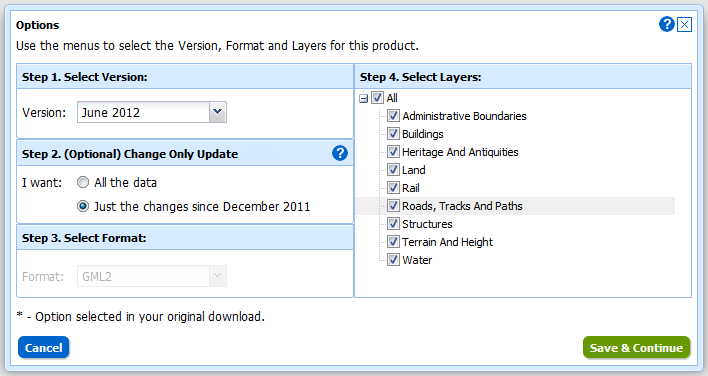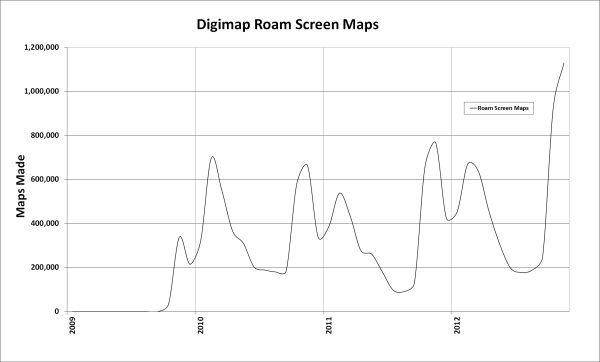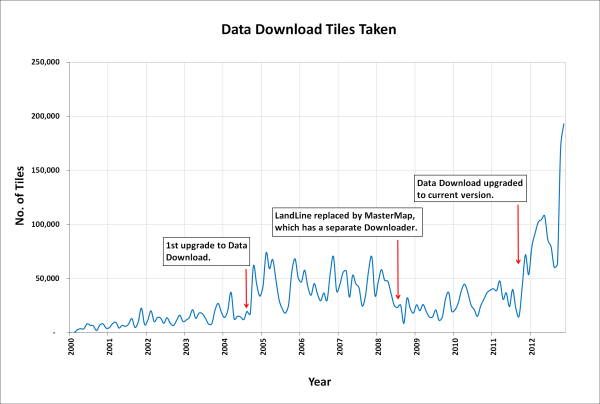We have introduced a raft of new print options to Digimap Roam; some of these were previously only available in Carto, others are new altogether: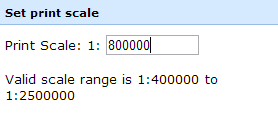
– Select your own scale for the printed map (within sensible limits)
– Print OS MasterMap at up to 1:100 scale (Carto’s limit is 1:500)
– Print at paper sizes up to A0
– Print landscape or portrait orientations (not available in Carto)
The new print options along with the formats already available mean that printing from Roam is now more flexible and powerful than Carto.
We have also added an extra zoom level to Roam’s screen maps called Building View. This shows OS MasterMap at around 1:500, making it easier to add detailed annotations such as new buildings to your map.

FOR EDUCATIONAL USE ONLYScales shown are the default print scales, screen map scale varies depending on the pixel size of your monitor / device.
With these enhancements Roam can now perform many of the tasks previously only possible with Carto.
Unfortunately, Carto has become difficult to maintain and needs to be replaced. These changes to Roam, along with some extra features planned for the coming months, will enable it to take the place of Carto. Once all the enhancements to Roam are made we will retire Carto completely; we intend to do this at the end of July 2013.
If you have any concerns about the withdrawal of Carto then please let us know:
- Email: edina@ed.ac.uk
- Tel: 0131 650 3302


